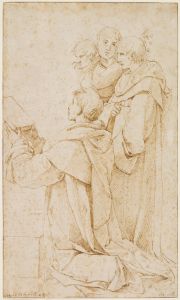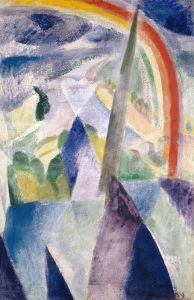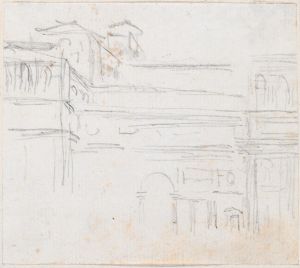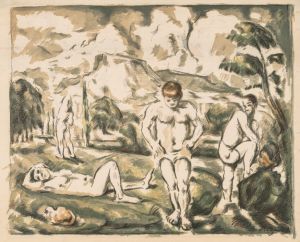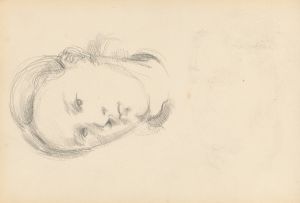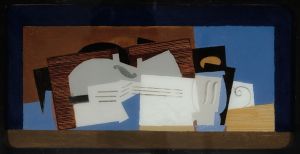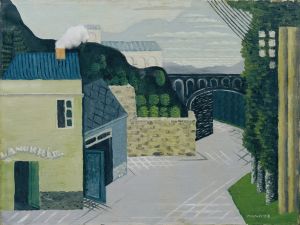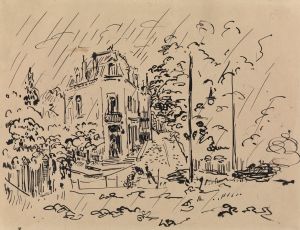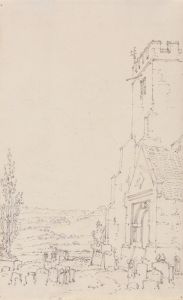
In the Oise Valley
A hand-painted replica of Paul Cézanne’s masterpiece In the Oise Valley, meticulously crafted by professional artists to capture the true essence of the original. Each piece is created with museum-quality canvas and rare mineral pigments, carefully painted by experienced artists with delicate brushstrokes and rich, layered colors to perfectly recreate the texture of the original artwork. Unlike machine-printed reproductions, this hand-painted version brings the painting to life, infused with the artist’s emotions and skill in every stroke. Whether for personal collection or home decoration, it instantly elevates the artistic atmosphere of any space.
"In the Oise Valley" is a painting by the French Post-Impressionist artist Paul Cézanne. Created around 1880, the work reflects Cézanne's evolving style during a period when he was transitioning from Impressionism to the more structured and analytical approach that would later define his mature works. Cézanne is widely regarded as a pivotal figure in the history of modern art, bridging the gap between 19th-century Impressionism and the early 20th-century movements of Cubism and Fauvism.
The painting depicts a landscape in the Oise Valley, a region in northern France known for its picturesque scenery. Cézanne's choice of subject matter aligns with his frequent focus on nature and rural settings, which he often explored through plein air painting. In this work, Cézanne employs his characteristic use of color and brushwork to convey the interplay of light, atmosphere, and form. The composition is marked by a balance between naturalistic representation and the artist's distinctive approach to simplifying and structuring forms.
Cézanne's technique in "In the Oise Valley" demonstrates his interest in capturing the underlying geometry of the landscape. He uses short, deliberate brushstrokes to build up the surface of the painting, creating a sense of depth and texture. The palette is dominated by earthy tones and greens, reflecting the natural environment of the Oise Valley. This approach exemplifies Cézanne's belief in the importance of studying nature directly while interpreting it through his own artistic vision.
The exact location within the Oise Valley depicted in the painting is not definitively identified, as Cézanne often focused on the general essence of a scene rather than specific landmarks. The painting is considered an example of Cézanne's dedication to exploring the relationship between color, form, and perspective, which would later influence a generation of artists, including Pablo Picasso and Georges Braque.
"In the Oise Valley" is housed in the collection of the National Gallery of Art in Washington, D.C. It remains an important work for understanding Cézanne's development as an artist and his contributions to the evolution of modern art. The painting is frequently studied and exhibited as part of retrospectives on Cézanne's life and work, highlighting its significance within his oeuvre.





